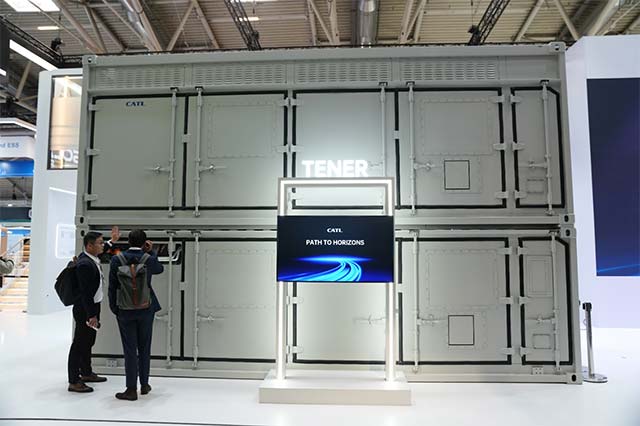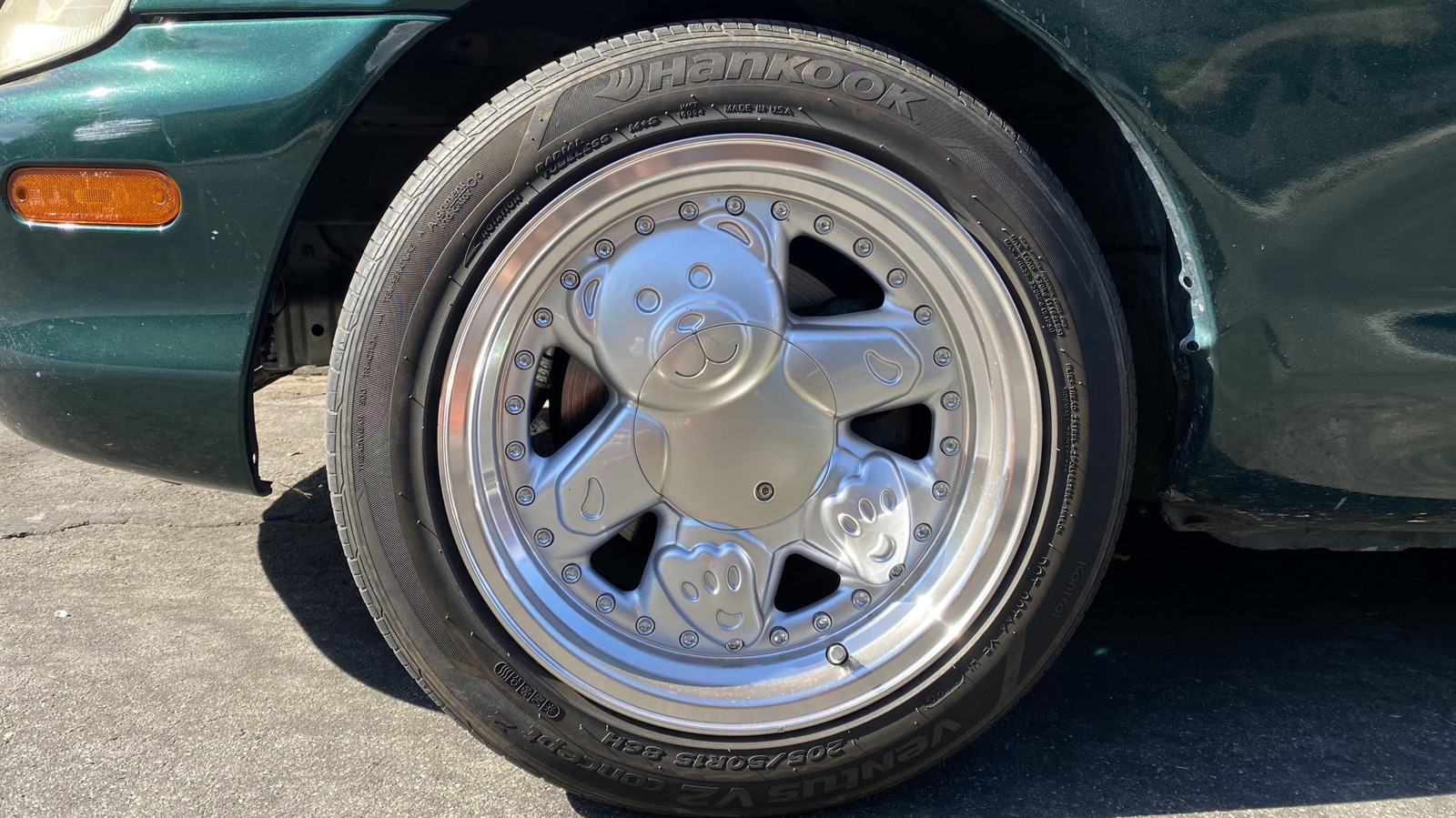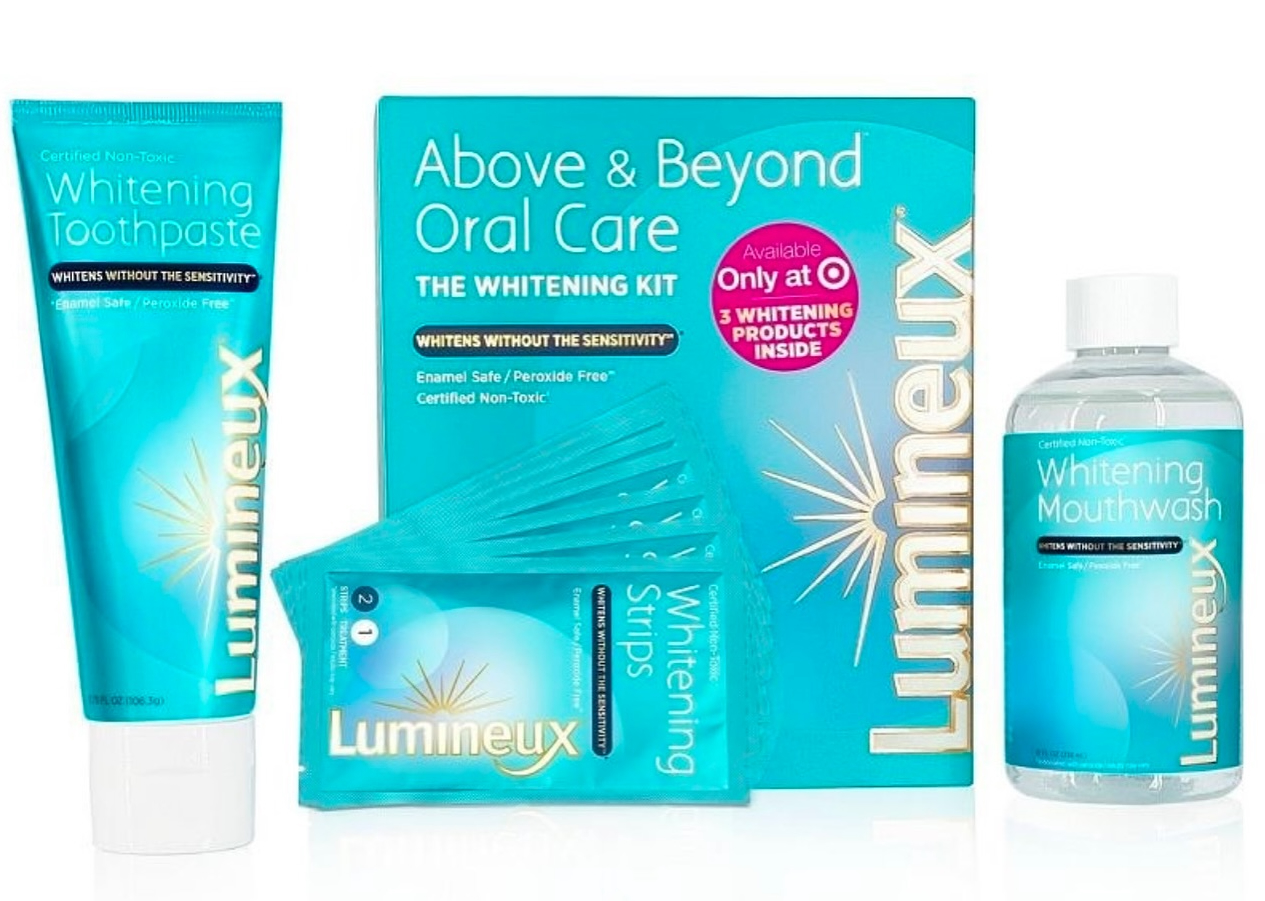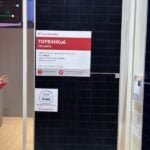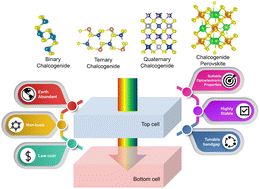Coordinated Na+ Diffusion and Multiscale Interfacial Engineering of Polymer Electrolyte for Room‐Temperature Solid Sodium Metal Batteries
Advanced Energy Materials, Volume 15, Issue 17, May 6, 2025.

All-solid-state sodium metallic batteries are emerging as a potentially low-cost and safe energy storage solution. In this work, Guo et al. develop an ASSMB prototype with ultra-thin, high ionic conductance, and stable cathode/anode interface design. It provides a new sight for the modular design for achieving advanced ASSMB prototyping.
Abstract
Thin-layer composite polymer electrolytes (CPEs) provide a safer alternative to flammable liquid electrolytes for all-solid-state sodium metallic batteries (ASSMBs) prototyping. However, conventional CPE designs suffer from insufficient ionic conductivities, oxidation upon high-voltage and uncontrolled dendrite growth. Herein, an interpenetrating approach by incorporating an optimized amount of acrylamide (AM) monomers polymerized within polyethylene oxide (PEO) matrix is proposed. The amide groups within tangled PEO/poly(acrylamide) (PAM) segments facilitate the NaTFSI salt dissociation through the coordination between CO═Na+ and N─H/TFSI− interactions, meanwhile boosting Na+ conduction along the ethylene oxide chains. Integrated with bacterial cellulose scaffold for mechanical reinforcement, the CPE membrane reconciles the tensile strength, ionic conductance and transference number. Robotic-arm controlled spray coating applies 4,4′-(Hexafluoroisopropylidene)diphthalic anhydride (6FDA) and 1,2-dibromobenzene (1,2-DBB) onto opposite sides of the PEO/PAM-BC membrane. The electron-withdrawing 6FDA layer promotes a NaF-rich cathode interface with 4.74 V tolerance, while the electron-accepting 1,2-DBB creates a NaBr-rich layer that mitigates the Na+ diffusion barrier. In the ASSMB configuration, the prototype demonstrates 85.4% capacity retention over 500 cycles at room-temperature and wide-temperature-range adaptability from 0 to 80 °C. Transmission-mode X-ray diffraction reveals reversible lattice breathing of the paired cathode, which highlights the synergistic Na diffusion and stabilized interfaces across scales for the practical CPE design.





























